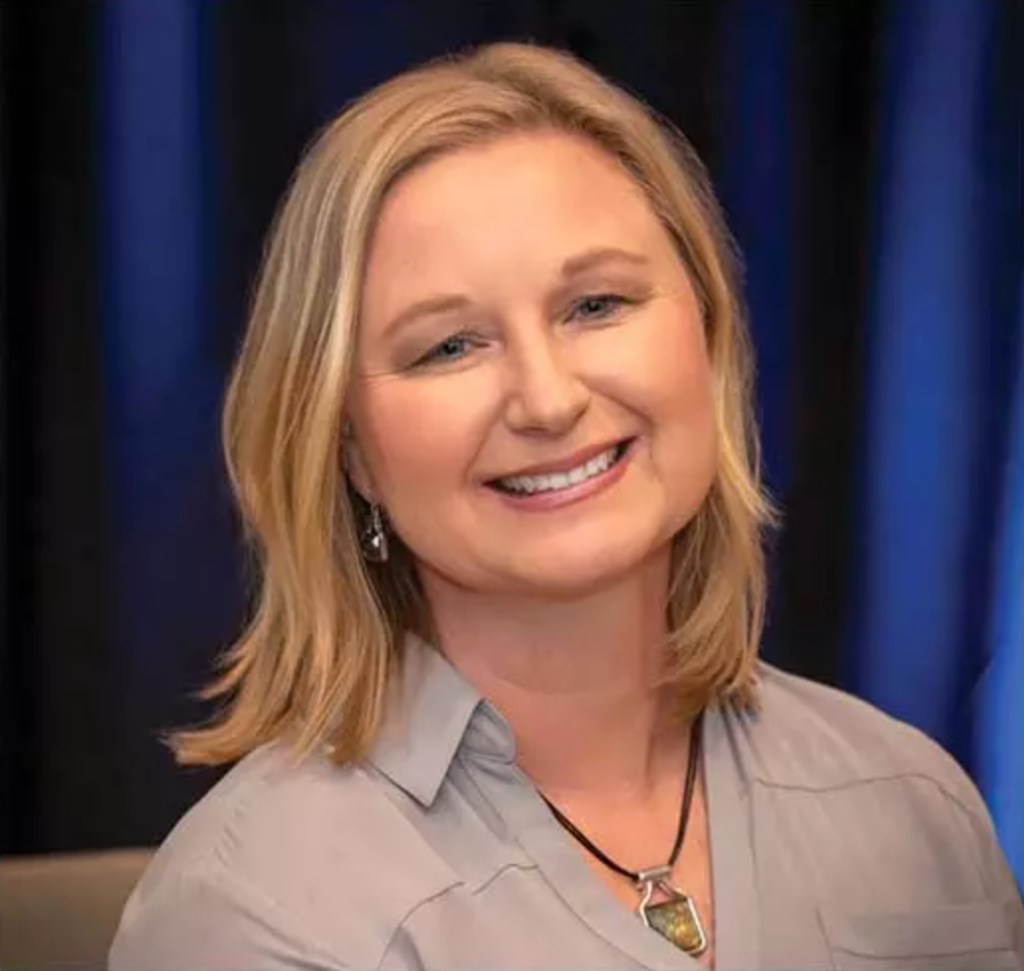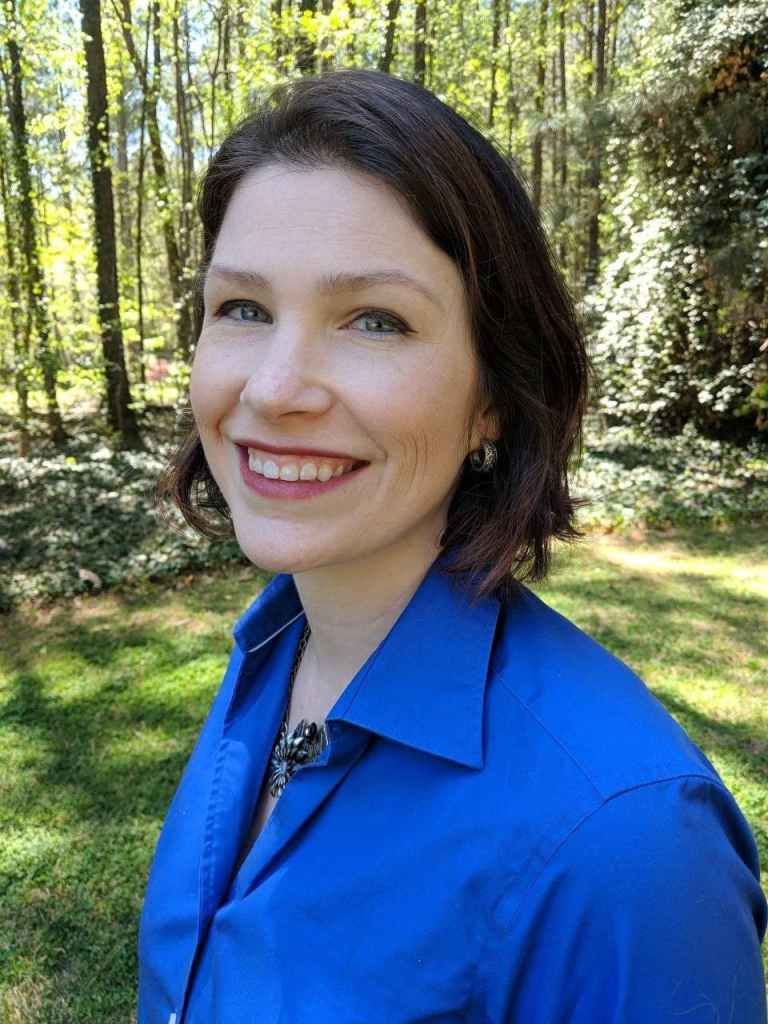Denver, Colo.-based management consulting firm BlackFin Group announced the launch of a new practice with a sole dedication to the proliferation of reverse mortgage industry business, having recently released a report aimed at introducing the product concept to new potential industry players. The report, “Serving Clients for Life with HECMs,” aims to offer potential paths forward for any organization considering the addition or expansion of reverse mortgages to an existing product mix.
To better understand the goal of the new report and the broader aims of the new practice, RMD sat down with the industry experts who authored the report and who are spearheading the practice: Wendy Peel, partner and managing director for BlackFin Group’s “Align Reverse Lending Practice,” and Rachel L. Smith, a senior consultant for the group and a specialist in reverse mortgage compliance consulting.
BlackFin’s entry into the reverse mortgage space
Headed by Keith Kemph who has spent decades in the mortgage business, Kemph looked at the nature of consulting and saw a lack of focus on measuring results. Creating a consultancy with a project-based mentality naturally offers clients measurable results which was a key component in his decision to begin BlackFin Group. The Align Reverse Lending Practice will aim to offer those kinds of measurable results.
Kemph’s career in mortgage goes back over 30 years, and in the mid-90s he had explored onboarding reverse mortgages at a major lending institution he worked at. The complication of actually doing that, on top of the fact that he was serving only about 10% of his applicant population, led him to “shelve” reverse mortgages. Years later, after entering the consulting business, Kemph knew that product diversity would be key for originators, which caused him to take another look at reverse mortgages.
“I just instinctively felt that reverse mortgage has a place in our product mix,” Kemph told RMD. “It was about three years ago when I first started the firm that I sat down with an industry veteran who [helped me realize] that reverse mortgage can be normalized within our product menus as it is today. It doesn’t need to be a specialized product that’s only offered by certain lenders. It should become just a product that drops down in the menu.”
Regarding the mission of BlackFin, Peel explains that the aim of the group is to help facilitate business proliferation and smoother operations.

“Most mortgage bankers focus on sales, since operations are largely a cost center,” Peel says. “In the past, the loan origination system (LOS) was central to lending, but with more robust technology focused on enhancing the consumer experience by channel, a natural question arises about who is making sure the data is correctly flowing through all systems. The entire operational lending experience across forward and reverse, beginning with a CRM or point of sale solution which then needs to be discerning between a wholesale or retail channel, and methodically having processes and testing in place to make sure the data is actually flowing correctly is the opportunity [that exists] today. That is where the BlackFin Group is poised to normalize reverse mortgage technology, and even increase efficiency in forward mortgages.”
There are also tendencies in the mortgage industry, across both forward and reverse, that can make such processes more difficult to manage, she explains.
“What I’ve noticed about mortgage is that teams get siloed,” Peel says. “With record years in loan originations mainly due to refinancing, more often than not, [raw numbers of people] were put in place to keep up with demand instead of scalable processes or technology. As we move into a new era of lending where we go back to a purchase market or transition HECM-aged borrowers into mortgages that are more flexible for retirement, the silos of sales, lending operations and tech operations could use this opportunity to improve efficiency and offer the borrowers a better experience.”
In entering reverse, BlackFin hopes to be able to provide tested information for whatever an organization is considering related to entering the reverse space, Peel explains. Potential examples she cited included executive sponsorship enabling the processes and technology necessary to get a wholesale reverse mortgage channel operational, investigating if there are partnership opportunities with local community banks in a particular market, or determining which current investors may offer the easiest partnerships based on shared technology stacks or working with capital markets.
Reverse mortgage goals for BlackFin
Smith joined BlackFin in December with notable reverse mortgage industry experience. She is an actively-practicing attorney with a specialty in mortgage compliance, and has previously served as in-house counsel at loan origination system (LOS) providers QuantumReverse and ReverseVision, also consulting on compliance topics for the latter.

Through the work of BlackFin, Smith is hopeful that the reverse mortgage industry can become better understood by those potentially interested in entering or expanding into it.
“To my knowledge, there aren’t reverse mortgage specialists who’ve spent a decade-plus in the industry at other consulting firms that focus on mortgage, because it’s so broad,” she says. “No one’s really specialized in reverse mortgages yet. That’s why I’m excited to be at BlackFin. We’re actually paying this misunderstood industry special attention and trying to bridge the gap, so that reverse mortgage becomes more mainstream, which would be my hope. I think that’s what we’re all after.”
There are also simply favorable conditions that the Align Reverse practice wants to clearly accentuate for people who may be curious about reverse mortgages, but maybe require some additional information to shore up their understanding of the way such products work, Peel adds.
“The demographic for reverse mortgages is $10 trillion strong and America has a serious problem with retirement, health care and the burden being placed on Generation X caring emotionally and many times financially for both Boomers and Millennials,” said Peel. “A reverse mortgage is a mechanism by which borrowers gain access to that same equity they’ve been pouring into their home via their mortgage payments for years – often decades – so that they may age in place.”
The new report
A major goal in the creation of the newly published, paid report is the wider distribution of reverse mortgages so that consumers have more choices when it comes to aging in place, Smith and Peel explain. Much of the information may seem elementary to those already embedded in the reverse mortgage ecosystem, Smith says, but the name of the game with this exercise is appealing to those not already in the business yet.
“And that’s the idea, we want to provide a tool to lenders in the industry who want to increase their reach,” Smith says. “Generally speaking, a pet peeve of mine — and why I was happy to start with this comprehensive overview — I do not like the reputational issues that the program still suffers from because even in mortgage and outside of our niche industry, people aren’t aware of how many regulatory safeguards have been put into place in the last 10 years.”
That lack of recognition for the evolution of the product’s governing rules has kept lenders from retaining their customers, which they could do if they had the ability to facilitate aging in place through a reverse mortgage, she says.
“[Lenders] have this valuable tool, this loan product, that they aren’t even considering because it’s got a reputation problem, or it has traditionally,” she says. “But that has really changed and shifted. My goal when I was drafting the report was to overcome unwarranted objections about this loan and why they indeed should actually be offering it since that reputational risk is no longer the case.”
In addition to seeking to correct outdated information, the report — and indeed this new reverse-focused practice at BlackFin Group— is to provide informational “ammunition” to those interested in further exploring the reverse mortgage industry in their own businesses, Smith explains.





